Electra One is a versatile MIDI controller with 12 touch-sensitive knobs with which you can control any MIDI-enabled hardware & software in your studio & live.
MIDI controllers are among the must-haves of an electronic musician. Either as a keyboard or to edit parameters in the DAW, synthesizer, etc. Often you have the problem that you have too many devices that you would like to control together. Therefore many musicians use several controllers in the studio or in live situations. Another problem is the feedback. Many controllers are simply plastic devices that don’t give you any visual feedback on the hardware.
The Czech developer Martin Pavlas tries to simplify much with his new MIDI controller Electra One. It has a nearly square shape where a 7″ touch screen as well as 12 high-resolution aluminum touch-sensitive knobs are installed. On this controller runs a software with which you can control over 216 parameters.
Templates
Very smart is here that you can create templates for your hardware and software instruments, effects, etc. Reminds me a bit of the idea of Native Instruments Komplete Kontrol where you can also design templates with visual feedback on a screen. To do this, a web-based editor is available. Unfortunately, there is no information about an editor as an app or something. These patches/templates can be later downloaded and shared with the community of Electra One users.
To make this smooth as possible, the developer gives out information (API, SDK, midi implementation) about how to create presets, integrate new synths and custom Sysex and how to manage Electra One from 3rd party products.
Connectivity
Electra One is not only a MIDI controller for software but also for hardware. For this, you can find on the backside two full MIDI DIN5 connectors (MIDI In/Out with 16 MIDI channel each) with which you can connect your MIDI-enabled instruments. Further, it offers a USB host and a normal USB MIDI port. With the USB connection, you also use multiple Electras to a chain together.
Features At A Glance
- Capacitive touch 7″ LCD with 1024×600 resolution
- 12 high-resolution (256 values per revolution) aluminum touch-sensitive knobs
- 2 standard MIDI IN/OUT ports
- USB MIDI class-compliant device with two individual MIDI ports (virtual cables)
- USB Host interface for MIDI class-compliant devices, up to 2 devices can be connected
- Web-based platform for creating, editing, and sharing presets
- Support of Control change, Program Change, Start, Stop, NRNP MIDI messages
- Support of proprietary SysEx MIDI messages (currently Rhodes Chroma, Yamaha DX7, Roland TB3 are supported)
- Sturdy aluminum enclosure
- Dimensions 206 x 190 x 38
Electra One is already available for a price of 399€. The developer has shipped already 20 unit, 20 more units will available until December 2019.
More information here: Electra One
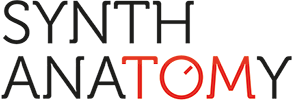
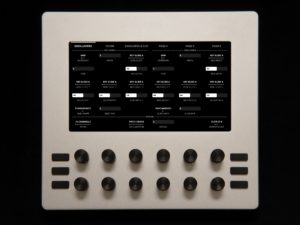
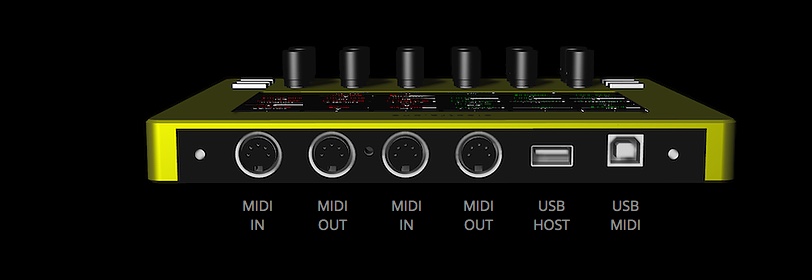

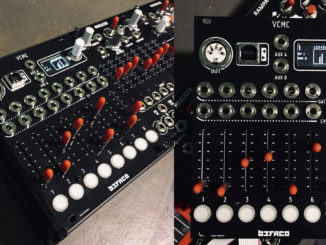
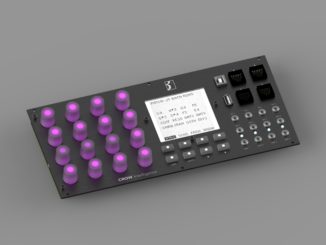
Hi everybody, I need to correct it a little bit. Electra’s firmware will not be open source. We will give out information (API, SDK, midi implementation) about how to create presets, integrate news synths and custom sysexes, and manage electra from 3rd party products. We also want this info to be shared on internet to encourage people to make it possible for electra to support as many synths as possible. But we do not aim to make whole project an open source.
Thanks for the info, I will rectify it 🙂
Thanks!
That looks impressive 🙂
That’s a pity, it could be a great platform for midi app development. It has the perfect set of features, touch-screen, knobs, midi ports etc.
I am considering certain level of SDK access, as well as fully documented API for managing electra from apps and adding support for new synths / devices. Details will be published soon on the website. At this moment I am not sure how deep I would allow the API to go.
I just wanted to point out that whole project cannot be seen as open source.
Cheers,
Martin
what price will it be?
399€, also written in the article 😉